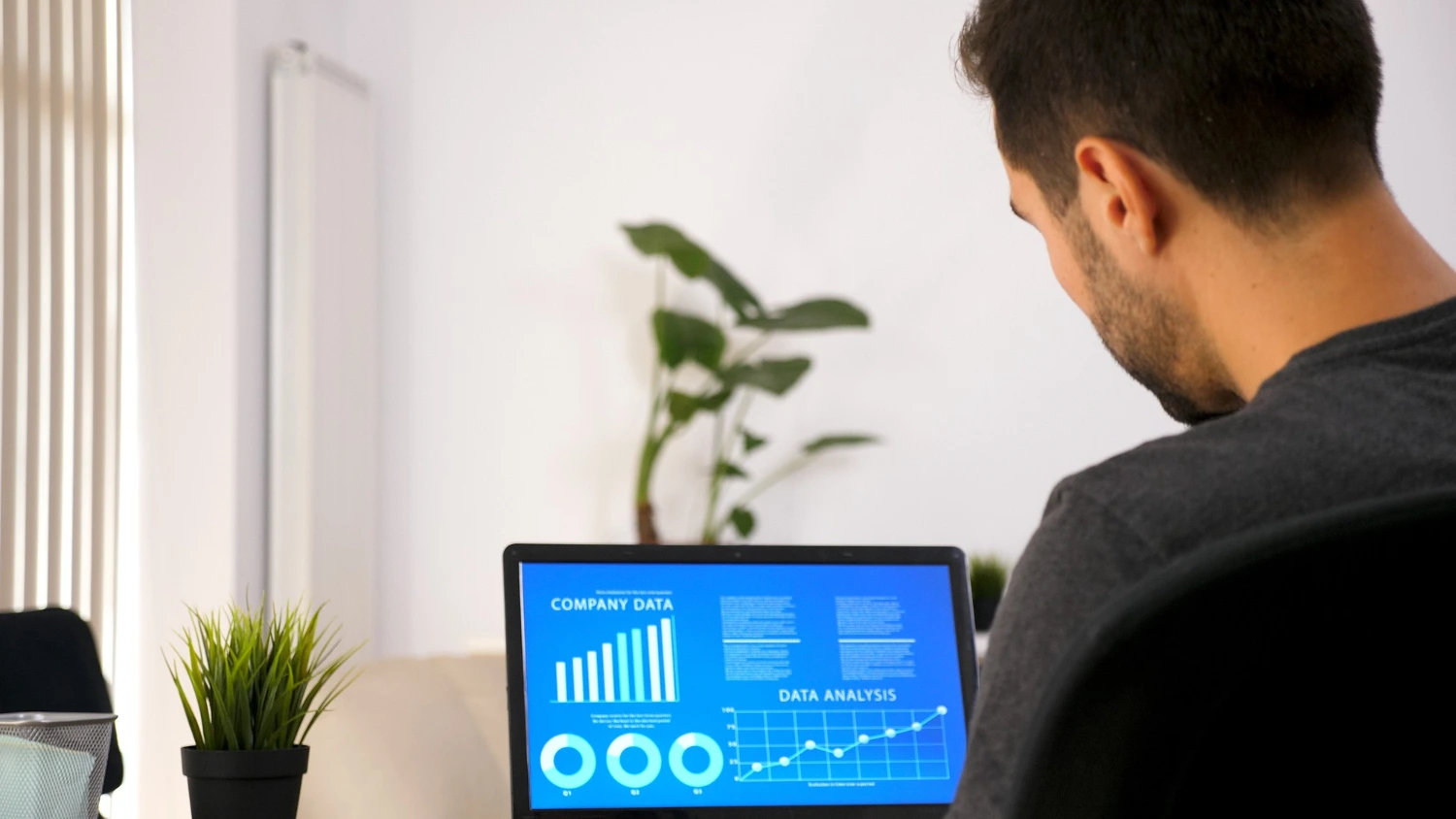
Case Study: Transforming Business Insights with Power BI Dashboard Development
Background Data Visualization Consultant
In today's data-driven environment, companies are significantly depending on data analytics to make educated decisions. One such company, a mid-sized retail business named Trendy Apparel, found itself struggling to harness the huge amounts of sales and client data it collected. The business, which operates both online and through brick-and-mortar shops, intended to combine its data insight processes to enhance decision-making and improve functional efficiency. Recognizing the capacity of business intelligence tools, the management team chose to develop a thorough dashboard utilizing Microsoft Power BI.
Challenges
Trendy Apparel faced a number of difficulties that hindered its data analysis capabilities:
- Data Silos: The organization had actually data kept in numerous systems-- CRM for client data, ERP for stock management, and Excel sheets for sales tracking. This fragmentation made it difficult to get a holistic view of the business.
- Lack of Real-Time Insights: The decision-makers often relied on out-of-date reports, impeding their ability to act upon real-time trends and insights.
- User Accessibility: The previous reporting tools were technical and not user-friendly, developing a barrier for non-technical personnel to access essential information.
- Limited Analytical Capabilities: The existing tools were mostly concentrated on producing fixed reports, doing not have extensive analytical functionalities.
ObjectivesTrendy Apparel intended to attain the following objectives through Power BI control panel development:
- Centralize Data: Integrate diverse data sources into a single, cohesive control panel.
- Enable Real-Time Analytics: Provide decision-makers with real-time data visualizations to support nimble reactions to market changes.
- Enhance User Experience: Create a instinctive and interactive user interface to empower all staff members, regardless of their technical backgrounds, to examine data efficiently.
- Facilitate In-Depth Analysis: Provide dynamic and visual analytical tools that enable the expedition of data trends and insights.
ImplementationThe development process was performed in numerous key phases:
- Data Combination: The very first step involved linking Power BI to different data sources, including the business's CRM, ERP, and sales databases. A data storage facility was established to help with the extraction, transformation, and loading (ETL) of data from numerous systems. This got rid of data silos and permitted a combined view of the business.
- Identifying KPIs: Working closely with stakeholders from different departments-- sales, marketing, financing, and operations-- the group recognized key performance indications (KPIs) crucial for measuring business success. These consisted of sales growth, inventory turnover, customer satisfaction ratings, and online conversion rates.
- Dashboard Design: The style procedure concentrated on visual storytelling. Interactive elements like charts, slicers, and maps were included to allow users to filter and analyze data on-the-fly. The control panel included areas for sales efficiency, client insights, and operational metrics.
- User Training: To make sure worker buy-in and reliable use of the new dashboard, training sessions were organized. These sessions supplied practical, hands-on experience with the control panel, demonstrating how to pull insights pertinent to specific functions.
- Feedback and Iteration: After the initial rollout, the team gathered feedback from users to comprehend pain points and areas for enhancement. Regular updates were made to boost performance based on these insights.
ResultsThe application of the Power BI dashboard yielded substantial benefits for Trendy Apparel:
- Improved Decision-Making: Senior management reported much faster and more informed decision-making procedures. The availability of real-time data allowed the marketing team to change projects based on immediate consumer habits and patterns.
- Increased Efficiency: The automation of data collection and reporting reduced the time invested on generating reports by roughly 50%. Employees could now concentrate on analyzing data instead of assembling it.
- Enhanced User Engagement: The instinctive style of the dashboard encouraged more workers to engage with data analytics. A broader variety of personnel members started using the control panel for day-to-day decision-making, resulting in a data-driven culture throughout the company.
- In-Depth Insights: With advanced analytical capabilities, the team had the ability to identify seasonal patterns, client choices, and functional traffic jams, which played an essential role in strategic preparation.
ConclusionThe execution of a Power BI control panel transformed Trendy Apparel's method to data analytics. By centralizing data sources and making it possible for real-time insights, the business considerably improved its decision-making processes and operational efficiency. The user-friendly nature of the dashboard helped with higher engagement with data throughout all levels of the company, ultimately promoting a culture of data-driven decision-making. Trendy Apparel's investment in Power BI has not just solved its immediate data challenges however has actually also set the foundation for continuous business growth and adaptability in a rapidly changing retail environment.
